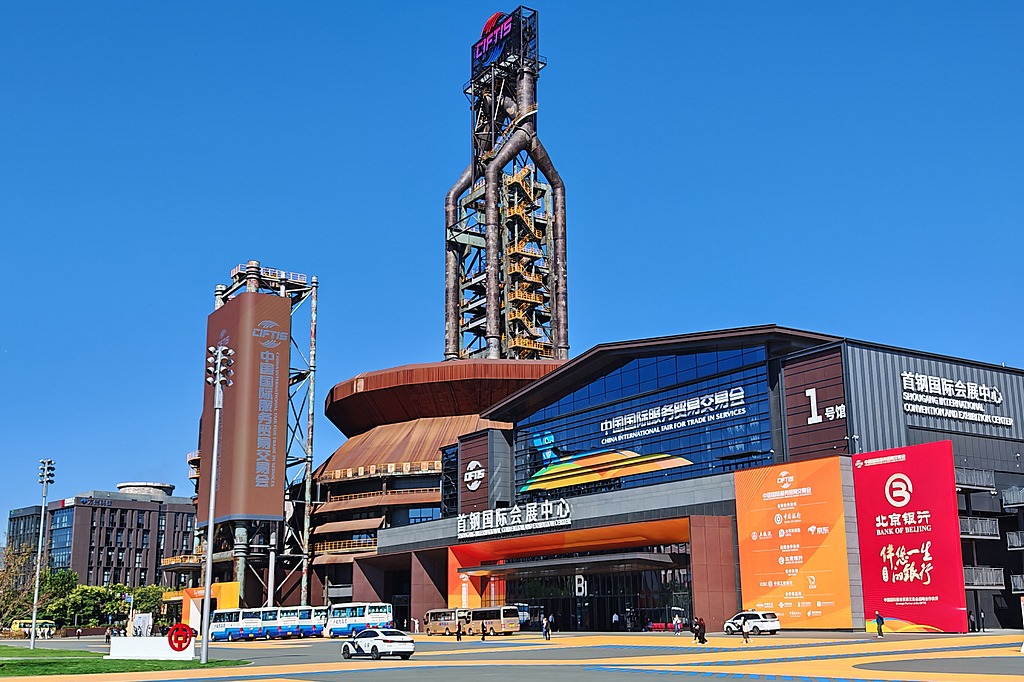Coastal city promises big changes

A multi-center urban layout, further emphasis on technology and marine industries form base of future development plans
Qingdao will maintain healthy economic development in the coming five years, with annual GDP growth of about 7.5 percent, according to a top official of the coastal city in East China's Shandong province.
Meng Fanli, then acting mayor of Qingdao, made the remarks when delivering the government work report at the first session of the city's 16th People's Congress opening on April 16.
Meng was elected mayor of Qingdao on April 20, the closing day of the congress session.
The mayor said the city's goal is to build a livable and innovative international city with steadily increasing resident incomes, a better living environment, growing innovative strength and improved international competitiveness.
He predicted that the per capita incomes of urban and rural residents will double in the forthcoming five years.
According to Meng, the city's GDP had increased at an average annual rate of 8.9 percent and reached 1 trillion yuan ($145 billion) in 2016.
Residents' incomes also increased rapidly along with economic growth in the last five years. According to the mayor, the per capita disposable income of urban residents rose by 9.4 percent annually to reach 43,598 yuan in 2016, and the per capita income of rural residents rose by 10.4 percent annually to reach 17,969 yuan.
In his report, Meng highlighted the role of innovation in Qingdao's development in the next few years.
Driven by innovation, Meng said the city had seen rapid growth in such strategically emerging isectors as the internet-plus and marine industries.
"The emerging industries have played an increasingly important role in driving local growth, especially in upgrading Qingdao's traditional manufacturing sectors," said the mayor.
With five major marine innovation platforms relating to deep-ocean engineering, deepocean exploration and marine equipment testing settling in Qingdao, the city has grown into one of the major marine industry cities in the nation and even in the world, Meng said.
According to the mayor, the output value of the marine industries accounted for 25.1 percent of local GDP in 2016, rising 8.3 percentage points from the ratio five years ago.
Wang Fan, head of the Institute of Oceanology, a Chinese Academy of Sciences research facility based in Qingdao, said he agrees with the mayor on the role of marine industries in Qingdao's growth.
"The innovation-driven marine industries will give a strong boost to Qingdao on its way to becoming a pivotal city in the Belt and Road Initiative," Wang said.
He suggested that the government give more support to local marine research institutions, helping them to introduce and foster talented professionals and transfer their research results into productivity.
'Bay-area' metropolis
Meng's report also deliberated on a blueprint for Qingdao to build an international "bayarea" metropolis.
The plan, which was proposed by the city's Party committee in March, has borrowed from the development experience of the bay area near San Francisco, which is now the high-tech engine for the United States, according to Meng.
He said the core of Qingdao's blueprint is to build three urban centers in its central, eastern and western bay areas.
The central bay area refers to the old city center along the Jiaozhou Bay, which features a livable neighborhood with a long history and pleasant environment.
The western bay area along the Lingshan Bay will include the Dongjiakou Port and an innovative demonstration zone for the integration of marinerelated military and civil industries.
The eastern bay area along the Aoshan Bay is designed to be a "Qingdao Oceantech Valley" that features nationally and even globally renowned marine education and research facilities.
Meng said the bay-area plan will also highlight a multi-center city layout, an open economic structure and more effective use of resources in the city.
Li Zhipeng, deputy chief of the Qingdao planning bureau, said the bay-area plan is the culmination and improvement of the city's previous development plans.
"Based on the existing strengths of various areas, the three city centers will have redefined industrial layouts that are conducive to the effective use of resources and help to boost the city's image as an international metropolis," Li said.
zhaoshijun@chinadaily.com.cn

Qingdao is expected to develop into a bay-area metropolis with multiple city centers, according to a plan proposed by the city's Party committee.Provided To China Daily

Delegates to the first session of Qingdao's 16th People's Congress study the government work report delivered by then acting mayor Meng Fanli.Bo Keguo / For China Daily
MOST POPULAR
Editors' Picks
 Infographic:
Things to know: China's 2025 service trade
Infographic:
Things to know: China's 2025 service trade
 Call for submissions:
Xinjiang's Development: I Witnessed
Call for submissions:
Xinjiang's Development: I Witnessed





